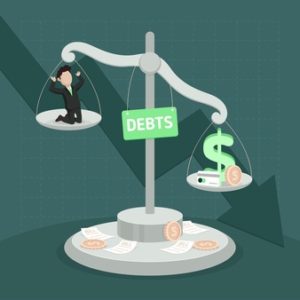Auto loans are a type of secured debt wherein a borrower uses their car as the collateral. If you’ve defaulted on your loan (such as by not making payments), you risk having your car repossessed by the creditor. Read on to learn what you can do to prevent creditors from repossessing a vehicle.
If you’re struggling with debt and want to prevent your car from being seized, speak with a local bankruptcy lawyer to discuss your options regarding the repossession process.
A security agreement is usually included if you took out a secured loan in installments to buy a car. This agreement allows you to buy a new car and make a payment that fits your budget. However, the loan agreement also gives lenders the right to repossess your car if you’re unable to make the monthly payments or violated other terms of the loan contract.
Creditors can choose between keeping your vehicle or selling the car to pay-off the outstanding balance on your debt. Note that most state laws grant a debtor the right to be informed of when and where the sale will happen. Besides, the sale should be done in a commercially reasonable manner.
If you believe your lienholder violated car repo laws through a breach of peace, unfair vehicle repossession practices, or unlawful sale of your vehicle, consult with a bankruptcy and debt resolution attorney who can provide legal-aid regarding the steps you can take.
Note that even if lenders seize your car (whether through voluntary repossession or not), your obligation to pay what you owe doesn’t go away. The remaining amount owed after selling your car is known as a deficiency balance, and the lender can sue you to pay it.

A bankruptcy filing gives debtors the option to get a fresh start financially. If you’re dealing with debt, whether it’s for auto loans or mortgage arrears, or even credit card debt and other types of consumer debt, filing a personal bankruptcy provides you with peace of mind and the opportunity to get back on the road to financial success.
At EZ Legal Fees by WantAFreshStart, LLC, we’ll give bankruptcy information on the types of bankruptcy and provide you with legal assistance to help you make the right choice for your financial future. Request a free consultation with a bankruptcy attorney to start your bankruptcy journey the right way!